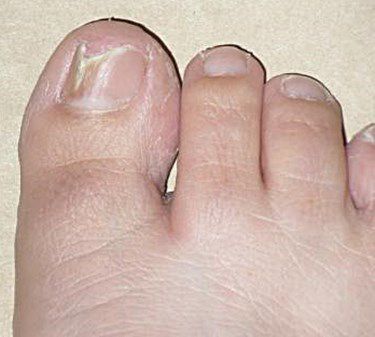4 Steps on How a Doctor Treats a Toenail Fungus
A discolored, crumbly and cracked toenail is more likely to be infected with fungus. Oral medications are often the first step of treating toenail fungus. Lamisil and Sporanox are the most common drugs being prescribed according to the Mayo Clinic. But how does a doctor treat toenail fungus? Toenail Fungus Doctor Treatment,Diagnosis First, a doctor will conduct a diagnosis to make sure what actually the problem is. At first he will evaluate the symptoms which are the thickening of the nails that have also a distorted shape, cracked, crumbly and dull. He will take note of the color since toenail fungus creates dark appearance due to the debris that accumulated under the nails. He will also record the smell of the area since nail fungus has a foul odor. If the doctor is not sure of his diagnosis, he would scrape a tissue from the area and examine it under a microscope or send it to the laboratory to be cultured. This can help him rule out similar conditions that can cause similar symptoms like psoriasis or other infections caused by bacteria or yeast.
Treatment
The doctor, once toenail fungus is diagnosed, typically treats it by prescribing oral medication. According to Mayo Clinic, the most common prescribed drugs are itraconazole, terbinafine and fluconazole. All of these drugs promote new and healthy nail growth. The new nail gradually replaces the infected nail. The said medication should be taken for 12 weeks but the new nail takes 4 months to completely grow. Another recommendation of the doctor is an over-the-counter topical cream to support the effect of the oral medication since these creams when used alone are rarely effective. Some doctors prescribe an antifungal nail lacquer but Mayo Clinic says it is effective in 10% cases only.
The doctor prefers to remove the entire nail in most severe and painful cases. This is to allow a new and healthy nail to replace the infected one. However, it takes a year for the nail to grow back completely.
Prevention
Toenail fungus has a chance to return after the treatment if you don’t take some steps to prevent it. Mayo Clinic says, prevention includes trimming of the nails regularly and keeping them always clean. Wear socks that draw moisture away from the foot because moisture allows fungus to multiply easily. Avoid picking at the skin around the toenail because this can provide openings for germs and fungus to enter. BirthOrderPlus will help you for more information.
Protect your feet by spraying anti fungal spray or sprinkling your feet with a preventive powder. Do not walk barefooted in public places like in pools and shower rooms because fungus is easily spread in this areas.Many might think that treating toenail fungus with the help of a doctor could be far more expensive than self-medicating.
However, even if you use natural remedies, you might still need the advice of a doctor regarding your condition to avoid unwanted results from the treatment. Therefore, a doctor’s treatment for toenail fungus is still one of the best alternatives that you should go for.

